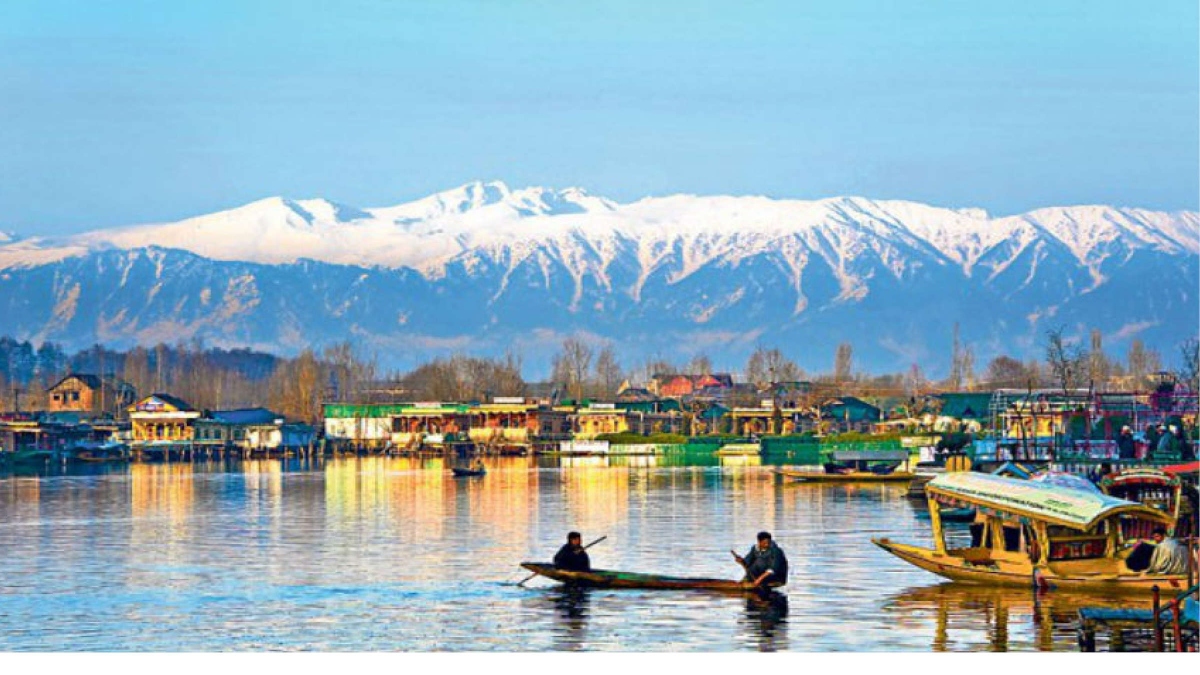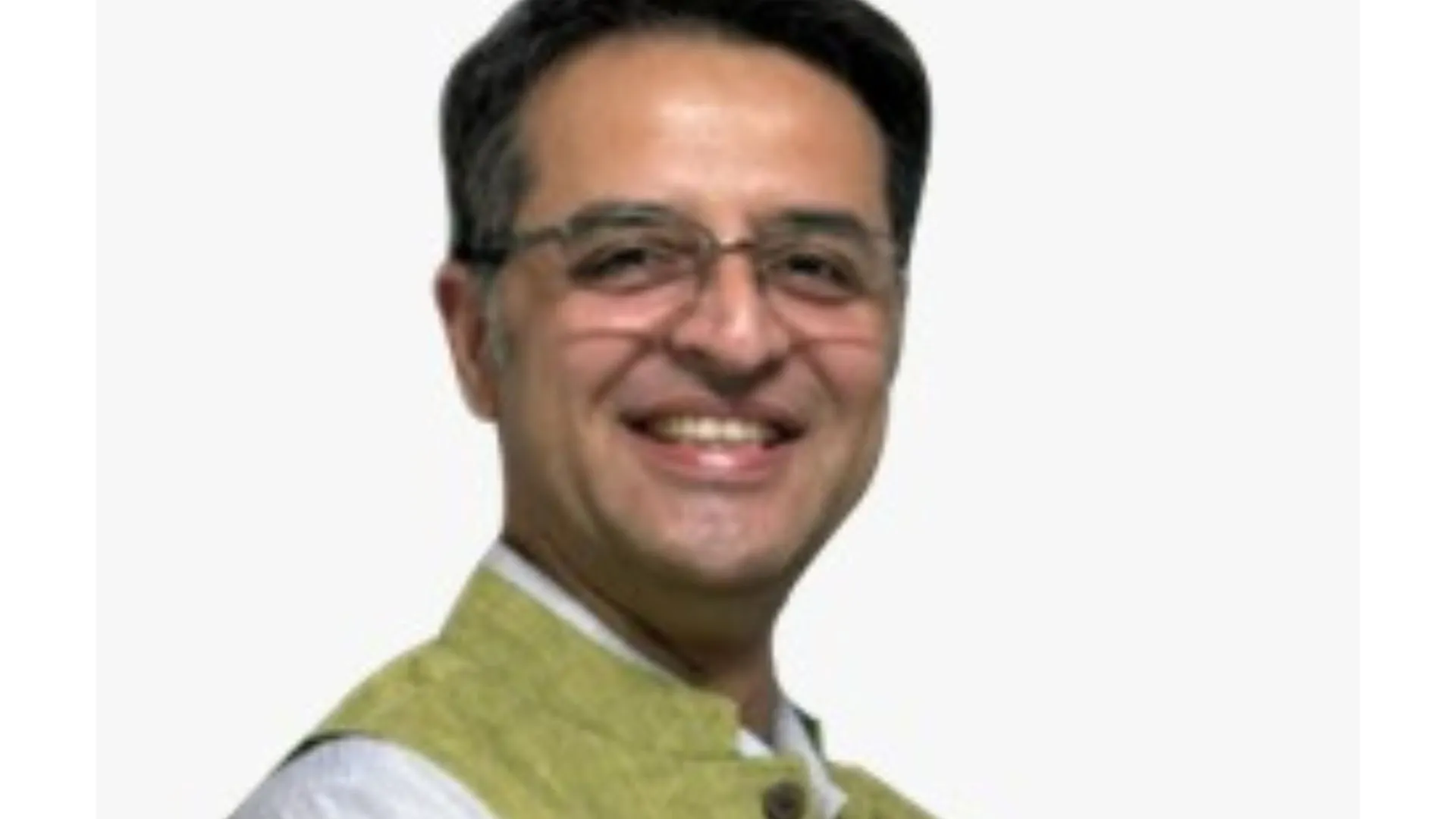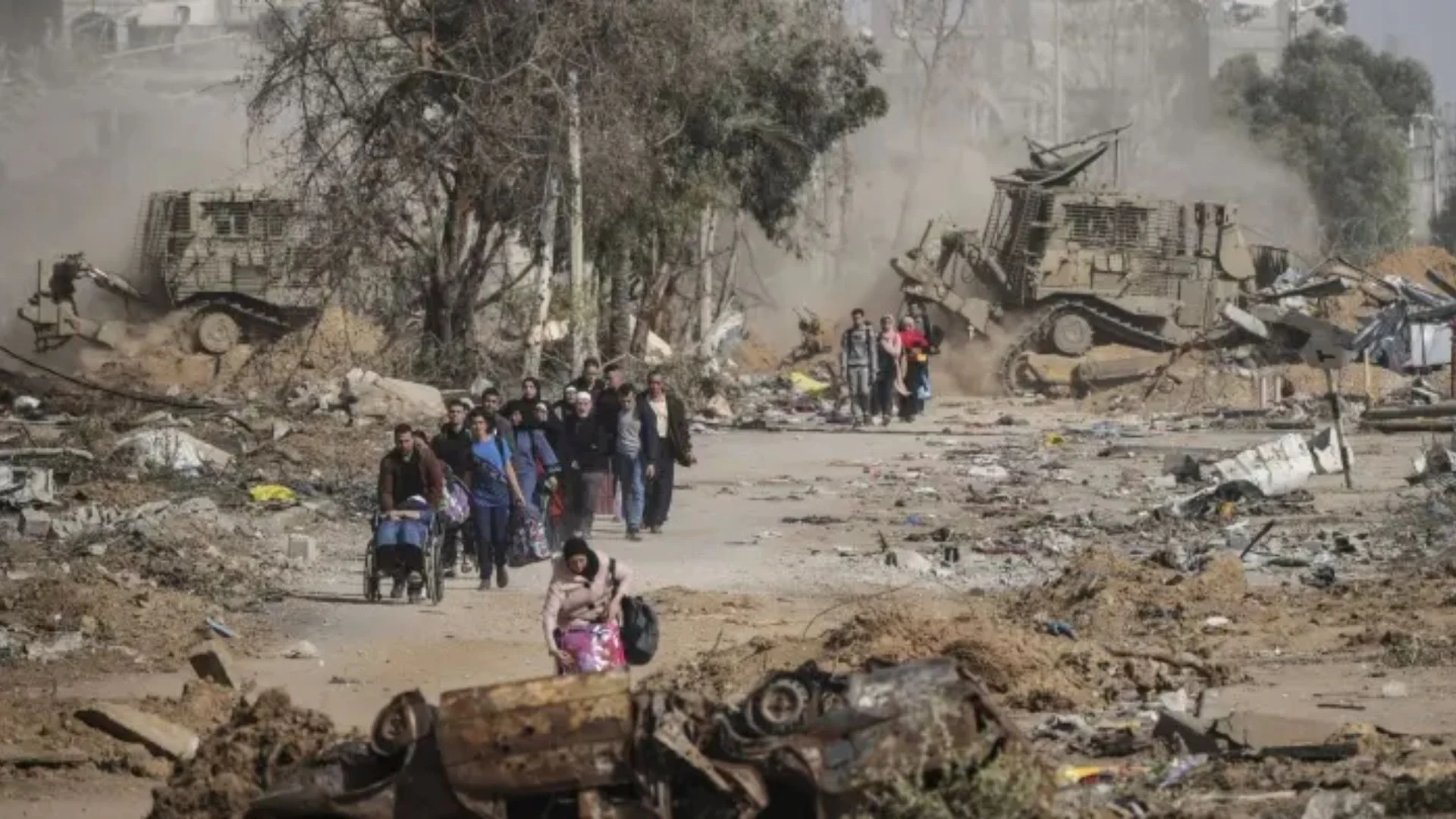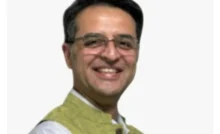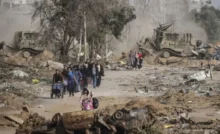Multiculturalism received a deadly hit by advent of terrorism in Kashmir. The diverse Kashmiri culture hugely influenced by Indian, Persian and central Asian cultural ethos evolved with a blend of Hinduism, Buddhism and Islam.
Kashmiri culture is a diverse blend and highly influenced by Indian, Persian as well as Central Asian cultures. It is heavily influenced by Hinduism, Buddhism and later by Islam. Dominated by Hindu-Buddhist culture in the past, Kashmir is hugely influenced by Islam after Muslim influx in the Valley.
The Vedic art and culture grew in Kashmir, and some early Vedic hymns were composed in Kashmir. The Bharata Natya Shastra is notable as an ancient encyclopedic treatise on the arts one which has influenced dance, music and literary traditions in India, originated in Kashmir. Patanjali of 2nd century BC compiled his compendium on Yoga in Kashmir. The Panchatantra is also said to be originated in Kashmir. At the time when Pali was primary language for Buddhist literature in rest of India, all the Buddhist literature produced in Kashmir was in Sanskrit. Kashmiri women hold high status in society as Bilhana records that Kashmiri women were fluent both in Sanskrit and Pali. Kosh Shastra, a work on science of sex, second to Kamasutrawas developed in Kashmir.
Located in the western side of J&K, the Kashmir valley has always held a place of significant cultural, economic and political importance and it was there that the seeds of religious pluralism were planted. Over centuries, Hinduism, Buddhism and Islam developed deep roots in the region, and their coexistence was synchronized in harmony. The Kashmir Valley is the birthplace of Kashmiriyat, a philosophy embedded in the writings of Lal Ded and Nund Rishi. Kashmiriyat embraces the customs of harmony, peace and equilibrium preached by adherents of Hinduism and Islam, and assembles members of different faiths around their traditional, cultural and ethnic ties.
After the bifurcation of the Princely State, the majority of the Kashmir Valley became part of Indian Administered Jammu and Kashmir. The following decades were marked with turbulence and later on violence, with various movements demanding self-determination, autonomy, accession to Pakistan and/or Islamic rule. This turbulence reached boiling point in 1987, after the defeat of the popular Muslim United Front in the elections which resulted in the loss of faith in the democratic process in the Kashmir Valley, and a wave of Kashmiri Muslim youth and separatist leaders resolved to crossing the LoC to obtain training in Pakistan and Pakistan Administered J&K in order to initiate an insurgency in J&K State.
Jammu and Kashmir entered a new wave of terrorists violence in the 1990s, when religious radicalization and terrorism became a new weapon in a full-blown insurgency against the Indian State. The Kashmir Valley, once the center of multiculturalism became the focal point of a proxy war. Indeed, Pakistan’s premier Intelligence agency, the Inter-Services Intelligence (ISI) sponsored notorious terror organizations such as JKLF,Lashkar-e-Taiba and Hizbul-Mujahideen etc., providing them with weapons, logistical support and training facilities in so-called ‘Azad’ (‘free’) Kashmir. The objective was to annex the Kashmir Valley, and cleanse it of non-Muslim minorities. As such, the tragic event that came to be known as the mass Exodus of Kashmiri Pandits unfolded when scores of Pandits, as well as hundreds of Kashmiri Muslims, were killed by Kashmiris who had been indoctrinated by the anti-Hindu, anti-India propaganda disseminated from the Pakistani side of the LoC. Almost more than 350,000 Kashmiri Pandits were forced to leave their ancestral homes in the Valley and had to live in refugee camps in Jammu and other parts of India .The terrorists had achieved the demographic change they had set out to do, and from there undertook further campaigns of religious persecution in Jammu.
Despite their adherence to different faiths, the inhabitants of the Valley naturally share common cultural characteristic traits that are unique to their region and history.
Kashmiri Muslims and Kashmiri Pandits are the prevalent speakers of Kashmiri, a language that originates in the Valley. Traditional food and clothing are also shared between practitioners of both these faiths, and the Kashmir Valley remains one of the only places in the South Asian continent where it is nearly impossible to distinguish between a Hindu and a Muslim by solely examining the last name. Even after conversion from one faith to another, families retained their original names, which were associated with the original trade and craftsmanship of their ancestors. Religious tolerance based on shared characteristics was heavily preached and influential in the Valley, as it was the birthplace of Kashmiriyat. It is important to note that when tensions between Kashmiri Muslims and Kashmiri Pandits started to arise in the 20th century.it was characterised to have been done on socio-economic grounds rather than religious bias, as the propaganda ran that many Kashmiri Pandits had an elevated economic status compared to their Muslim counterparts.
Kashmir is the keystone of heritage through millennia, finding mention even in the oldest scriptures.Kashmiri Pandits have rich heritage and their roots are engraved in the soil of the Valley for more than five thousand years. That can neither be destroyed nor obliterated by any power more so by unleashing terror and vicious campaign. Kashmir today is without Kashmiri Pandits. Realities are, at times harsh and strange. Kashmiri Pandits, the aborigine of Kashmir, are out in exile, in this modern age of reason and enlightenment. The forced exodus of the Kashmiri Pandits in 1990, designed to effect the motivated ethnic cleansing, will go down in the history of these aborigines of Kashmir as a continuation of the persecution and genocide facing for hundreds of years. The atrocities were peaked during despotic rule of Muslim tyrant kings.
But the irony is that they did not get any respite even in the bright days of the enlightened times, especially in the post-independent days of India.
Whatever be the vicissitudes of their history all pale into insignificance when we look at their present plight. The colossal crisis through which the exiled community or for that matter the entire Kashmiri society is passing through is in reality the crisis in the country’s great values — the perversion in practise of its constitutional jurisprudence, the cultural, socio-political and moral norms. Acute fear and scare had been created which gripped the Kashmiri Pandits from September 1989 onwards after killings of prominent members of the community. The Pandits started feeling what they had felt when hounded by Afgans in the second half of the 18th century — “O heart, there is fear and dread in the city. Prepare for journey, brutally and disorder is dominant in this city.”
Multiculturalism endorses an ideal in which members of minority groups can maintain their distinctive collective identities and practices. In modern and enlightening times of today’s world multiculturalism finds common ground in rejecting the ideal of the “melting pot” in which members of minority groups are expected to assimilate into the dominant culture and majoritarianism.
The idea of multiculturalism in contemporary political discourse and in political philosophy reflects a debate about how to understand and respond to the challenges associated with cultural diversity based on ethnic, national, and religious differences.
But the more specific focus of contemporary theories of multiculturalism is the recognition and inclusion of minority groups defined primarily in terms of ethnicity and religion.
Without the physical presence of the aborigines native religious minority population in the Kashmir Valley,there remains a big question mark(?) on the Kashmiriyat. Exclusivism is anti-thesis of multiculturalism. If Kashmir’s population choose to lively mainstream with the aspirational India and its future generations to live in violence free Kashmir it becomes incumbent on the majority community to convert and actualise on the call for return of aborigines native populations living in exile for three decades practically on ground to revive the high traditions of Kashmiri multiculturalism.
Senior Advocate ;and
An exiled native Kashmiri


